
How To: Make your kitchen environmentally friendly
This video shows how you can make your kitchen environmentally friendly. You can save a lot of energy when heating up food by using the microwave


This video shows how you can make your kitchen environmentally friendly. You can save a lot of energy when heating up food by using the microwave
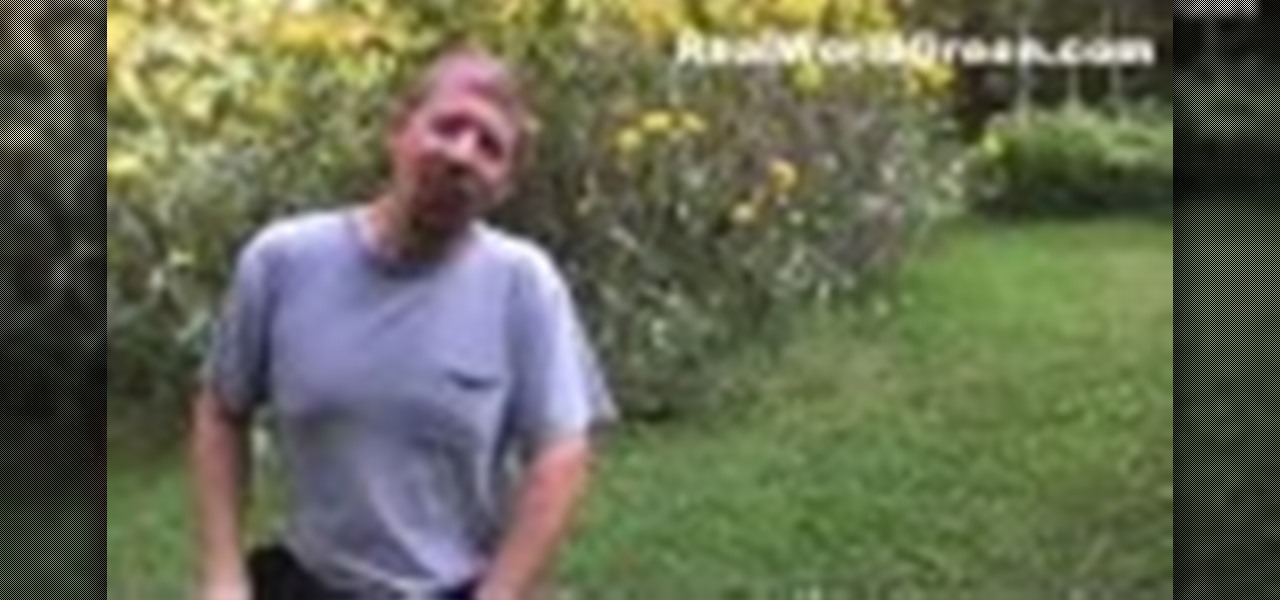
In this video, Eric Rochow from Real World Green gives us a simple green tip to make doing your laundry more environmentally friendly. The tip is: Don't wash your clothes! Well, actually, don't wash them until they are actually dirty. If you're wearing clothes and they're still clean, you don't need to automatically throw them in the laundry bin. It's something to think about. Also, if you wash your clothes too often, it wears out your clothes. So, next time you're wearing some clothes just t...

Eric Rochow of Real World Green gives us advice on making our computers more environmentally friendly. This video first explains that screensavers are not green. Screensavers require a computer to use its processor. Ideally, when you're not using your computer it should be in sleep mode and your monitor should be in sleep mode as well. This saves a lot of energy. Also, at the end of the day, turn off your computer and monitor. Don't let them run all night. An interesting fact from the Departm...

Eric with Real World Green explains how to make your lawn more environmentally friendly. First, let your grass go dormant in the summer and don't water it as much. When you mow your lawn, consider using a push reel mower. A mower with a gas engine pollutes more than modern cars do. If you are going to use a gas engine mower, keep the blades sharp for a more efficient job. Use a mulching mower, because yard waste takes up a lot of space in landfills. Consider tearing up some of your lawn and p...
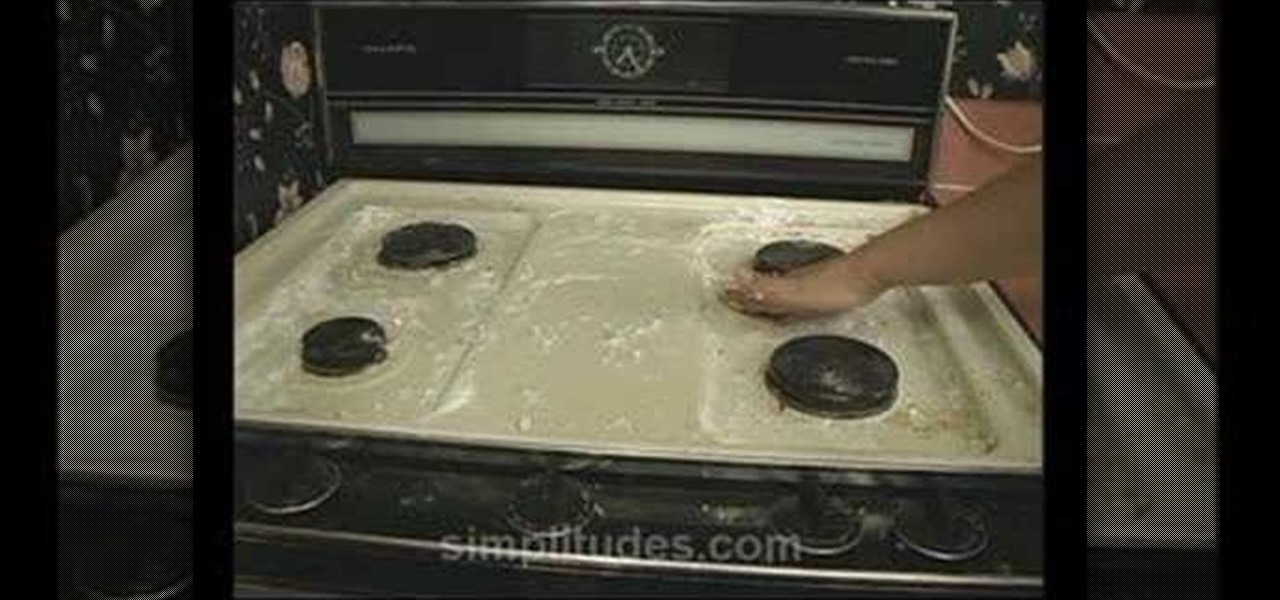
this how to video demonstrates an easy way to clean a really dirty kitchen stove, using only common and safe household items. For cleaning the top of your range you will need salt, vinegar and baking soda.
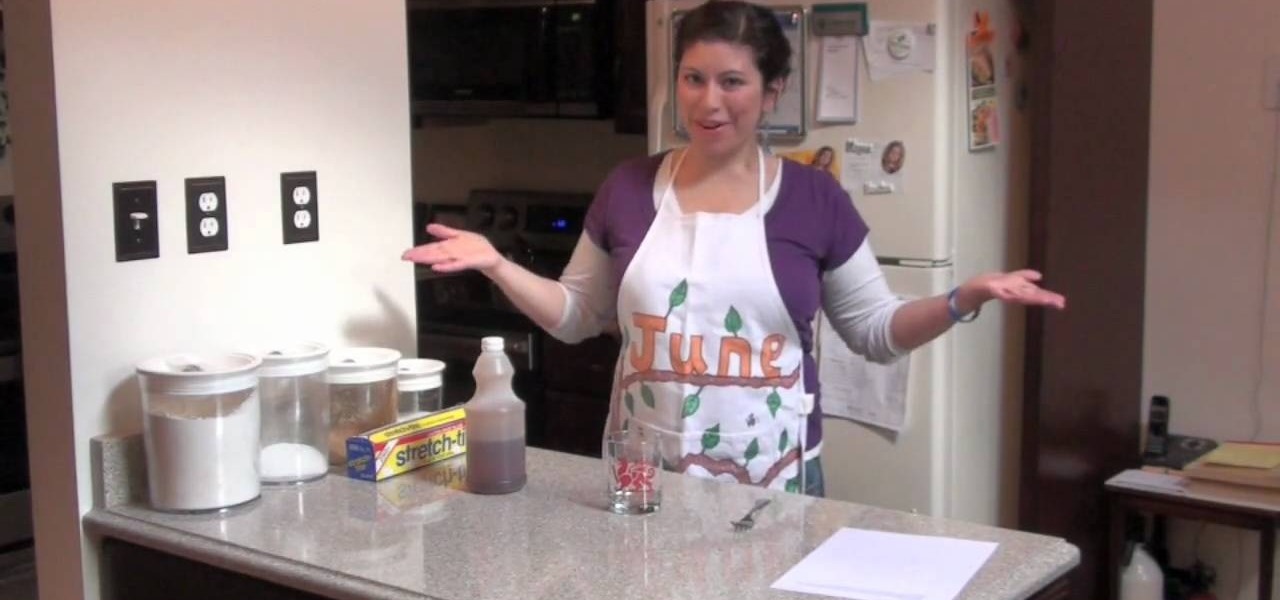
Fruit flies suck, but the fruit fly traps you can get from a hardware store can sometimes be environmentally damaging. Here is how you can make a safe fruit fly trap out of a votive glass, plastic wrap and apple cider vinegar.
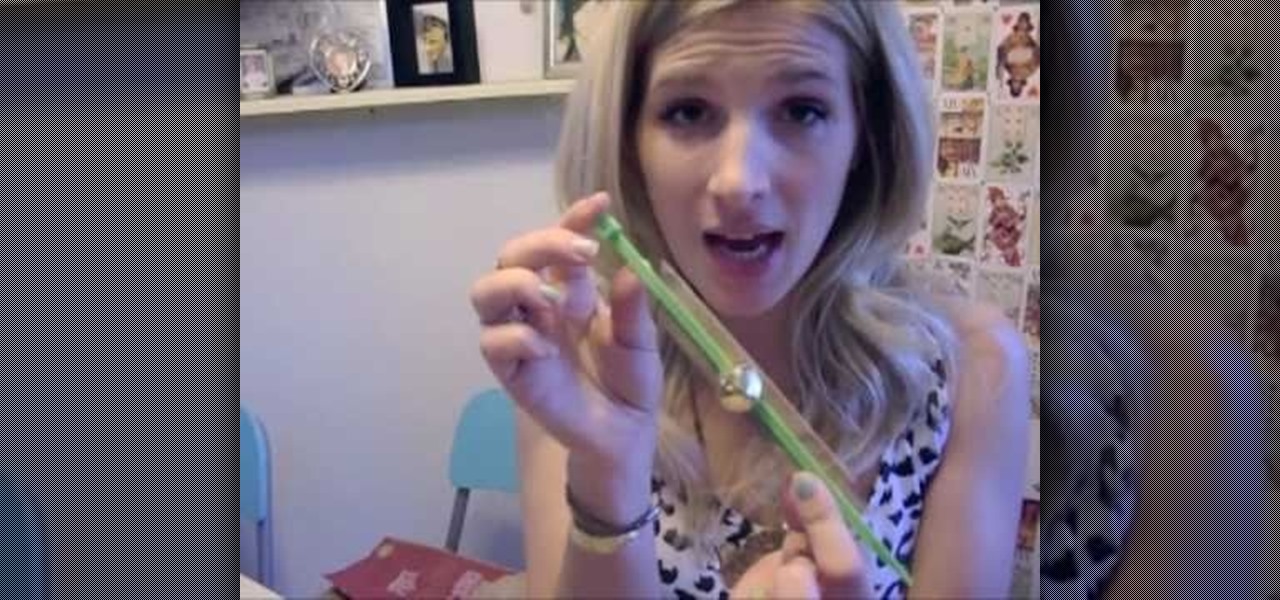
Keep your Christmas green! Don't resort to environmentally unfriendly wrapping paper. You can put your gifts in cloth bags or use catalog and magazine pages as your wrapping paper. Or, just use plain brown paper bags and decorate them as your wrapping paper!
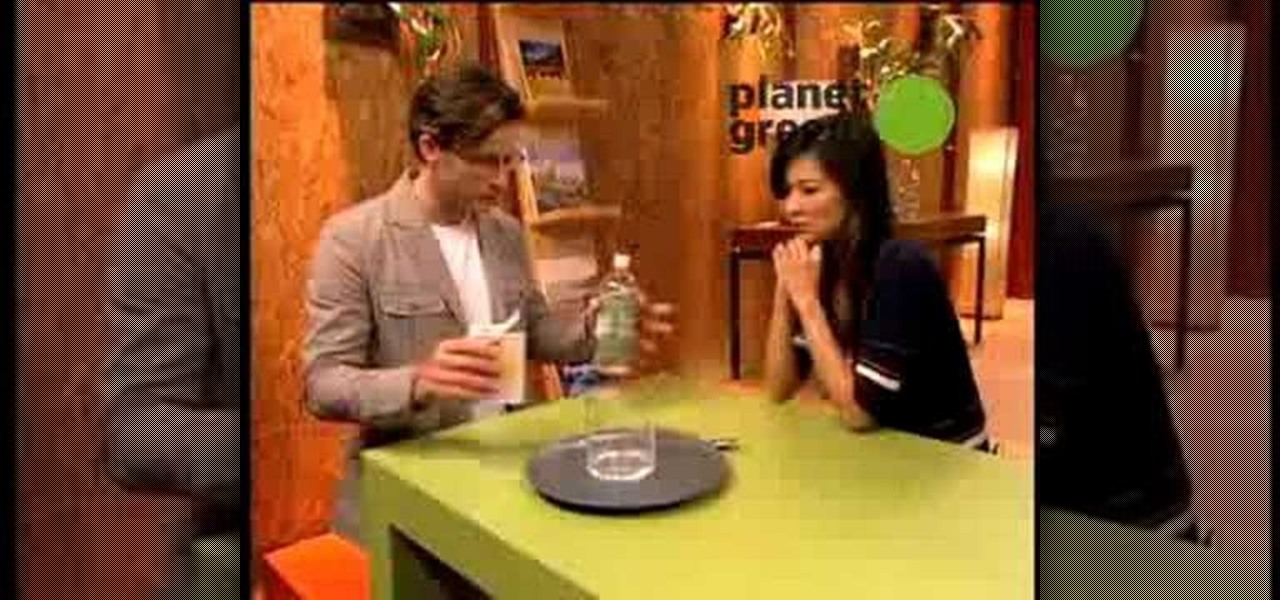
Want a green, clean home but are wary of mass-manufactured cleaning products? In this tutorial, you'll learn to create a simple, green cleaner using a baking soda and vinegar solution, which, beyond being environmentally friendly, is a lot of fun.
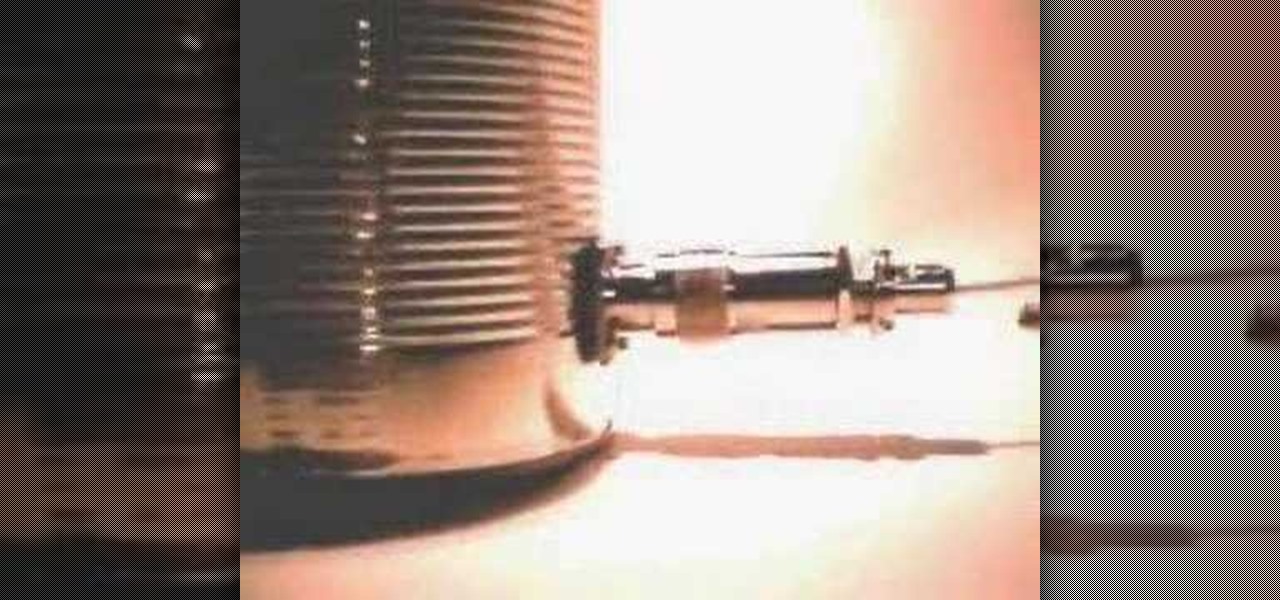
Learn how to build an environmentally friendly directional WiFi antenna with this simple video guide. To follow along at home, you'll need the following things: a copper wedge, an N-type connector, some screws, a clamp-on N plug, a pigtail, and a wireless card. You'll also need a drill, screwdriver, and soldering iron. For comprehensive, step-by-step instructions on hacking your own directional WiFi antenna from a tin can, watch this video tutorial.
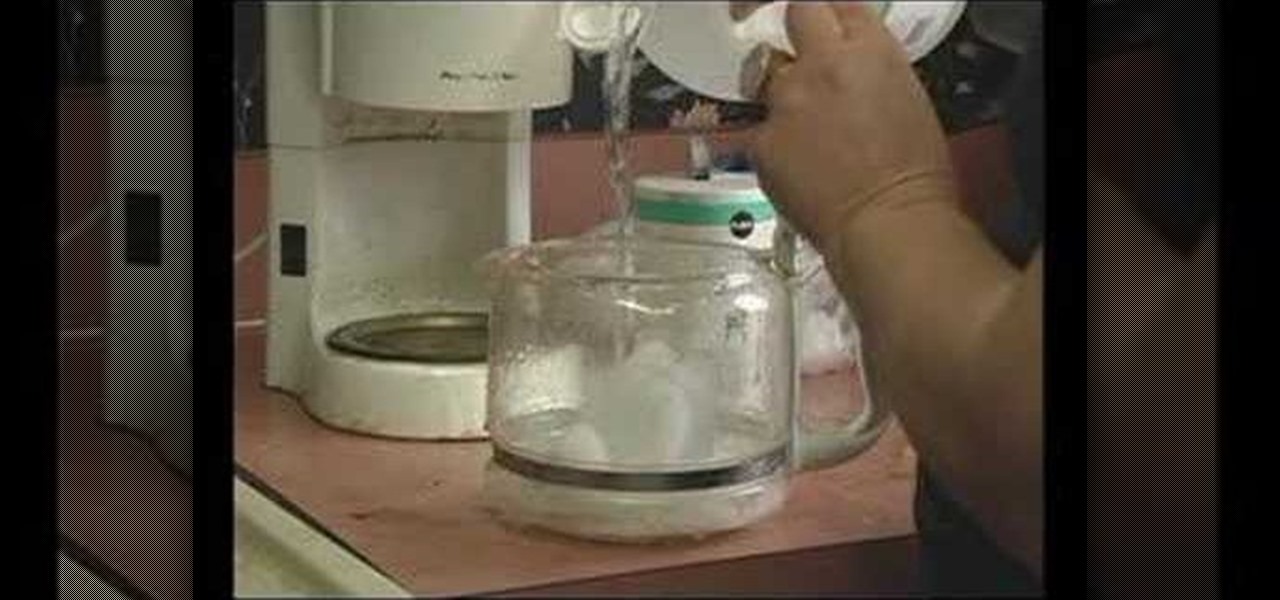
Properly clean the glass coffee pot part of your coffee maker using environmentally friendly household ingredients. It is a housekeeping trick that everyone will love. Use salt, ice and vinegar as an eco-friendly safe way of cleaning a glass pot.
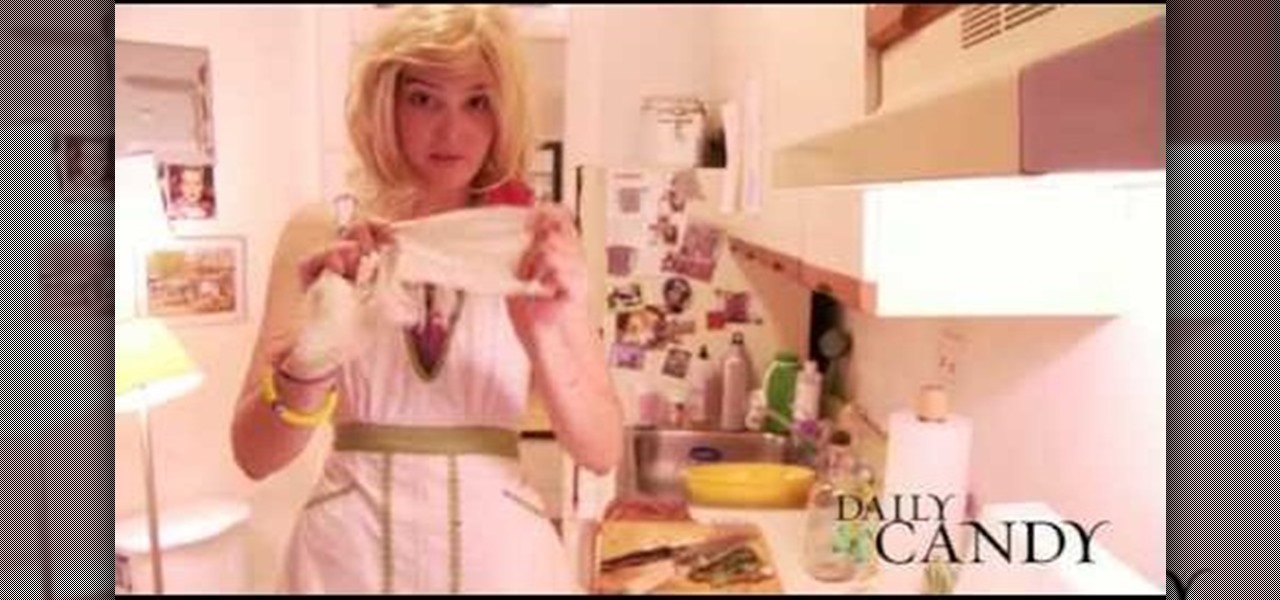
Make your own environmentally friendly dye at home, out of strawberries! You'll also need some vinegar, salt and old nylon stockings. Mash up your strawberries, strain them in the nylon and then boil your strawberry puree with salt, vinegar and your fabric.
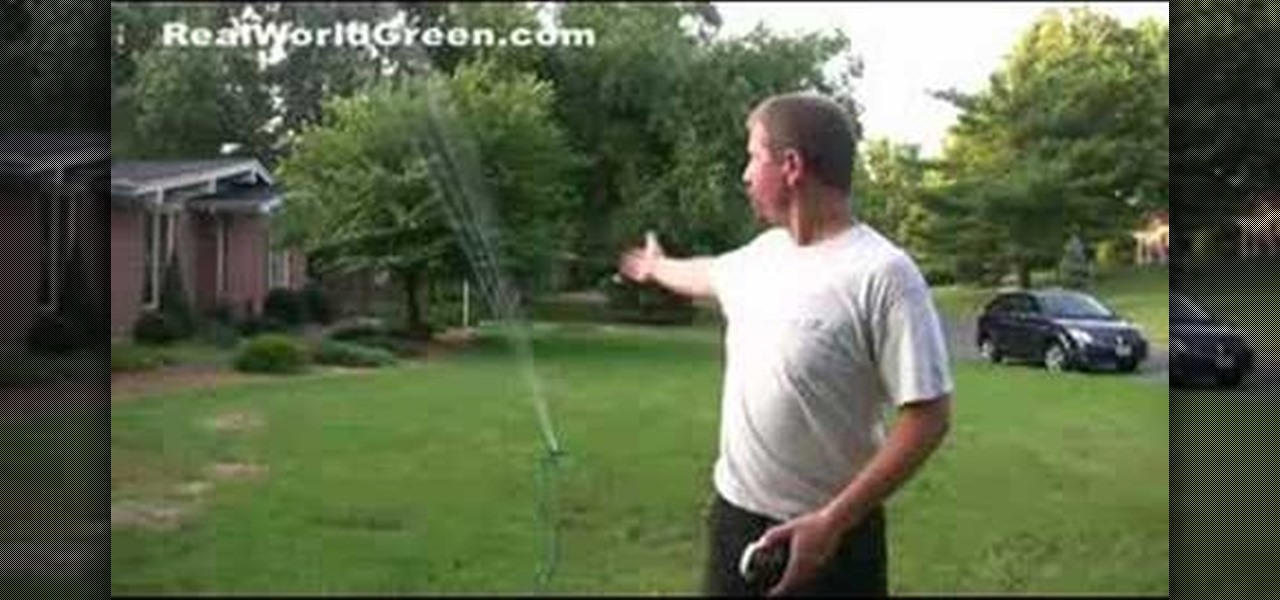
This video is a tutorial on how to water your lawn in an environmentally friendly way. He begins by stating that watering your lawn in the middle of the day is the wrong time. The sun is at its highest and the lawn is already scorched. The water you are spraying around does not get absorbed into the soil, it evaporates. The best time to water your lawn is at night because you create a fungus over the soil that protects it from be sun. You can put a water timer on your hose to prevent over-wat...
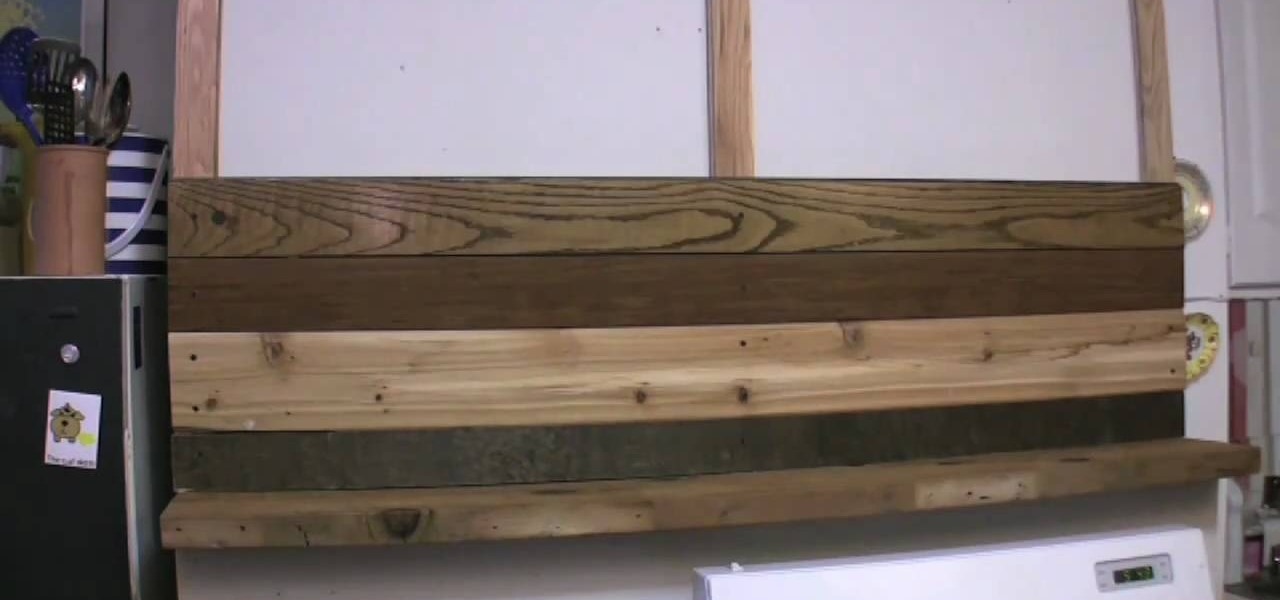
This is a classy and environmentally friendly way to give your home a wall treatment with reclaimed wood. You can find reclaimed lumber from nearly any lumberyard, especially green ones. Make sure you get the right tools and hardware, as well!

Looking for an easy, environmentally-friendly craft project? With this guide, you'll learn how to make a paper snack box with origami, the traditional art of Japanese paper folding. For more information, including a step-by-step overview of the folding process, as well as to get started making your own paper snack boxes, watch this free origami lesson.
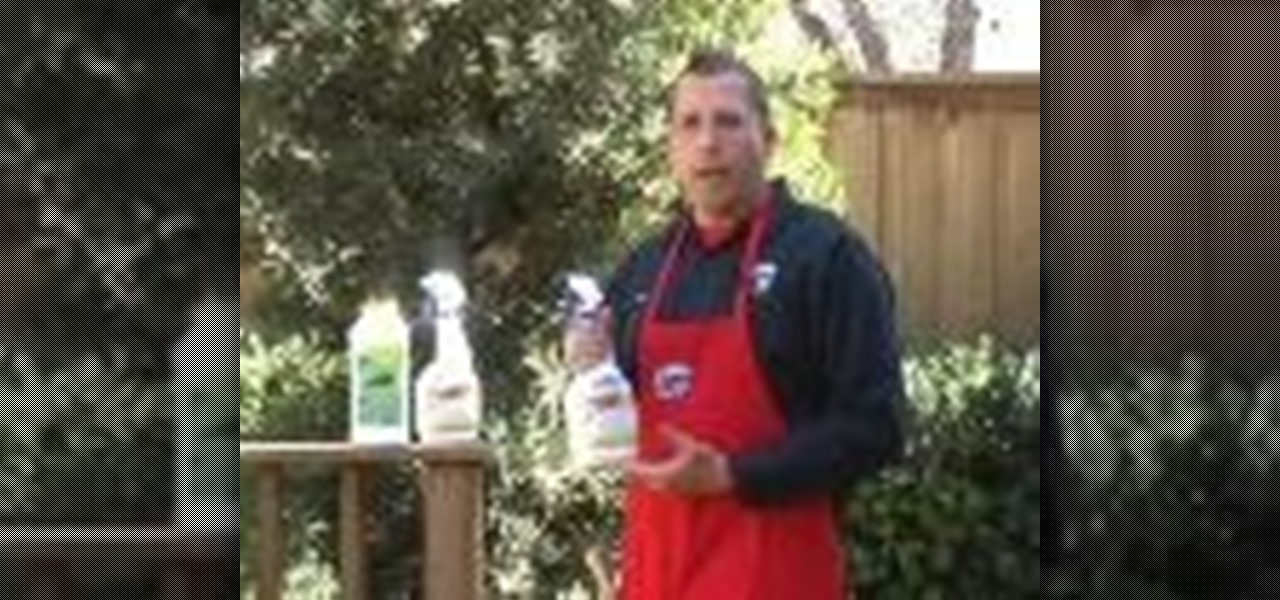
Lars discusses an organic fire ant control method developed at Texas A&M university. Lars stresses on the safety and environmentally friendly factors these products practice.
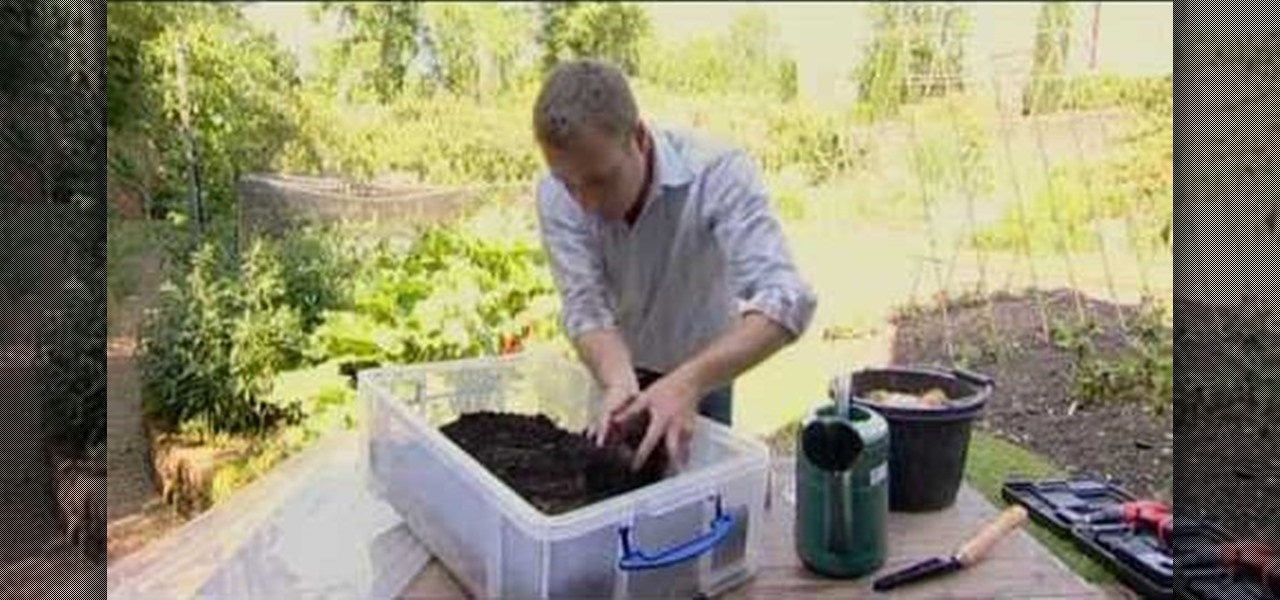
If you don't have room for a full-scale compost heap, you can always employ the services of some worms. In this handy vermiculture how-to, you'll learn how to build your very own wormery.
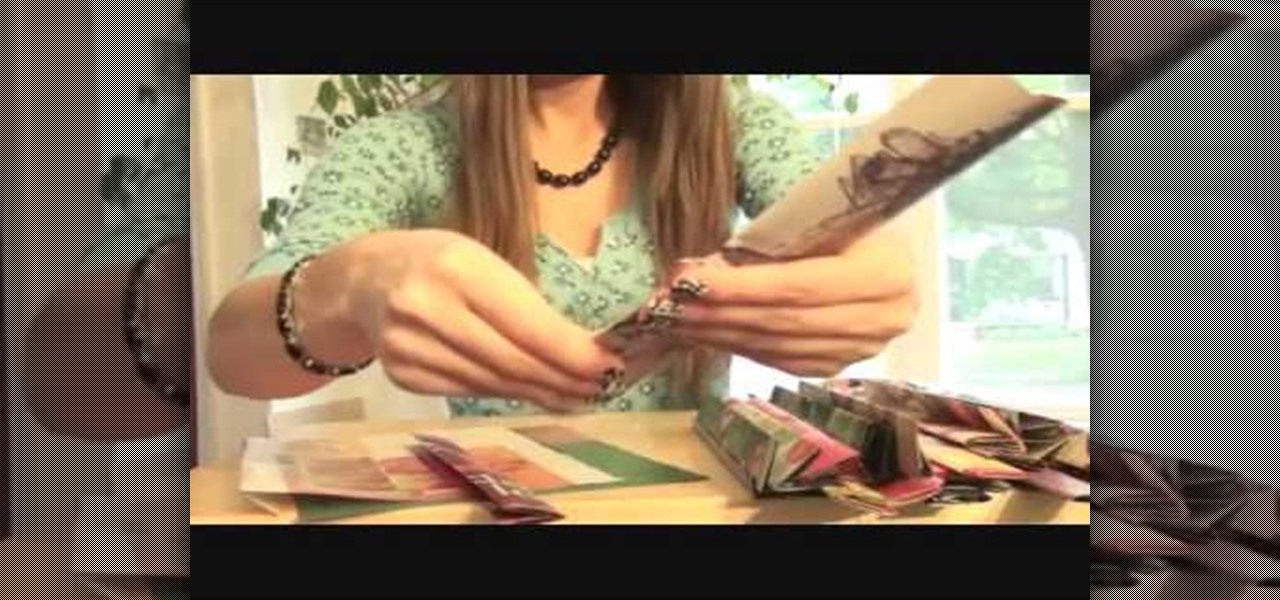
Living organically and eco-friendly can be chic if you know how to play your cards. If you're a magazine reading fiend who has more issues now than can fit in Carrie Bradshaw's closet, then you can craft an environmentally friendly magazine bag to hold all your stuff.
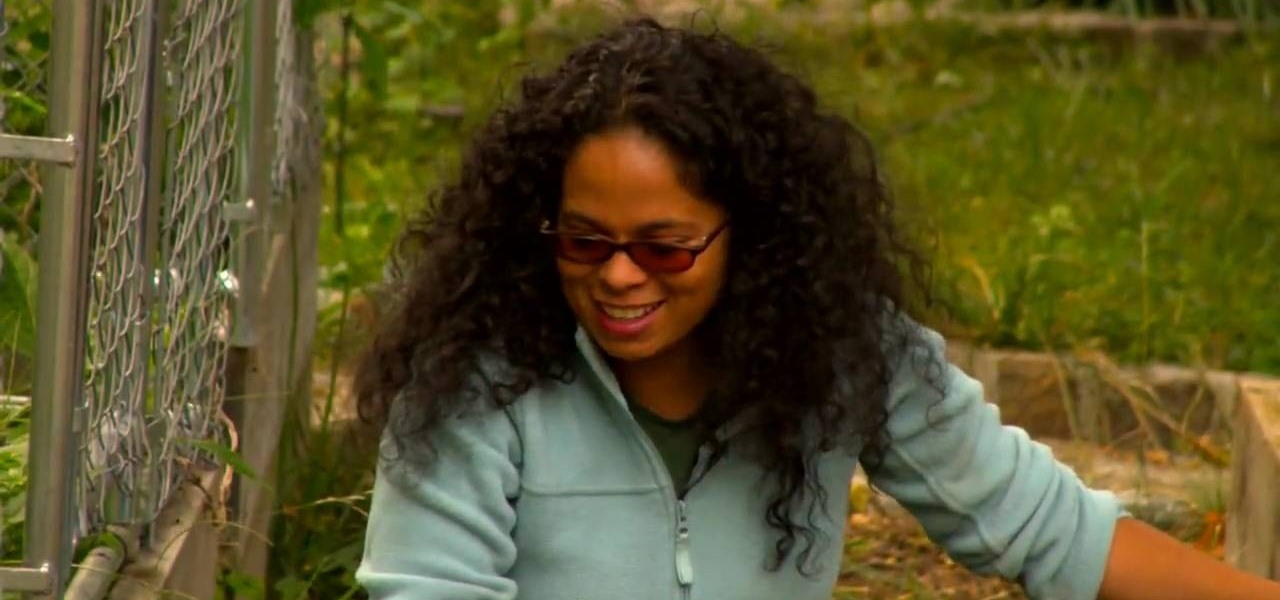
Patti Moreno the Garden Girl shows how to grow an environmentally friendly, low maintenance, drought and insect resistant Eco-Lawn, a blend of 7 Fescue grasses for shady, rocky, and sandy soils. Prepare the bare ground by raking debris. Spread the seed, and then water the seed once a day for the first month. The grass sprouts in 7-14 days. Fill in patches with more seed. Remove leaves, but don't disturb soil and seeds. To convert to an Eco-Lawn, mow the old grass very low, and then spread new...
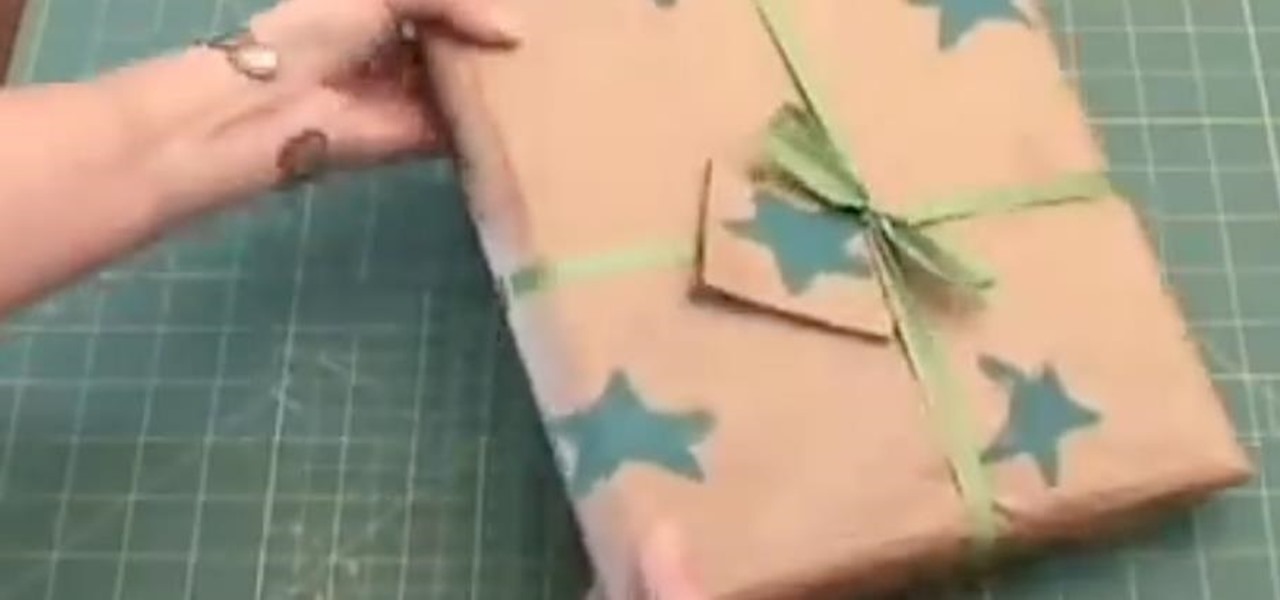
In this video tutorial, viewers learn how to gift wrap using recycled material. The materials need for this project are: a potato, large paper bag, tape, ribbon and paint. Begin by cutting the potato in half and draw a simple shape onto the sliced surface of the potato. Then cut out the negative part of the shape with a knife. Now open the bottom of the paper bag and cut down the side so that it lays flat. Then brush some paint onto the potato stamp and press it down along the paper to form a...
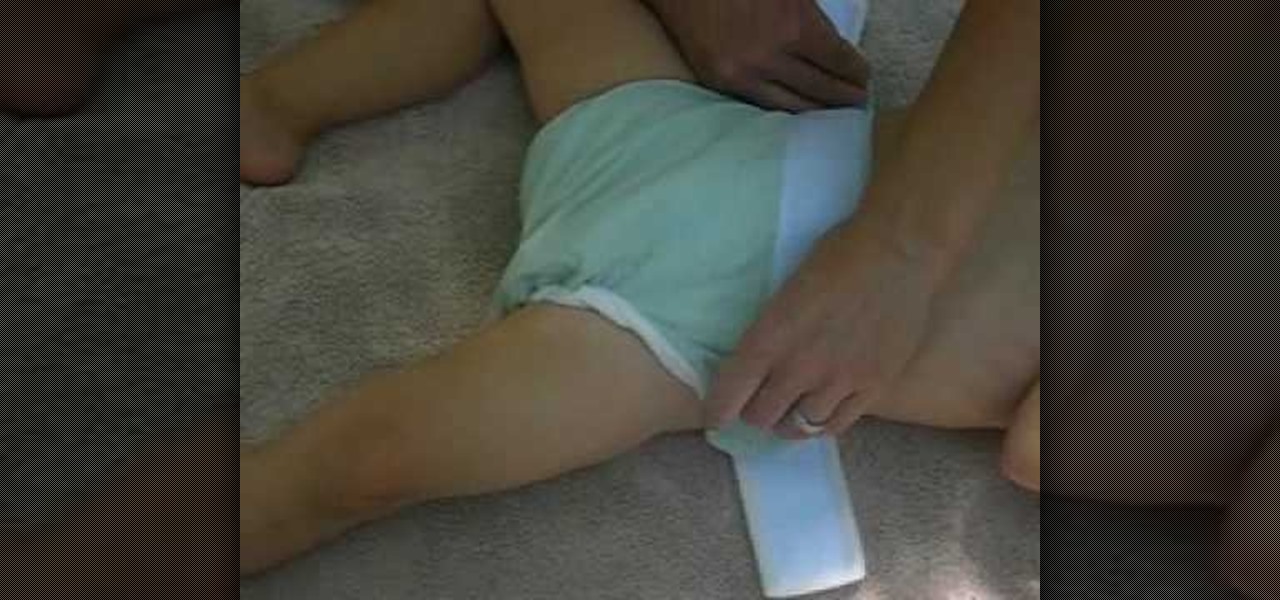
Cloth diapers save you money and are more environmentally friendly than plastic ones. Despite these benefits, they are scary to use for beginners. This tutorial will show you just how easy it is to change a baby's cloth diaper and avoid a mess. Once you master this technique you will never go back to disposable again!
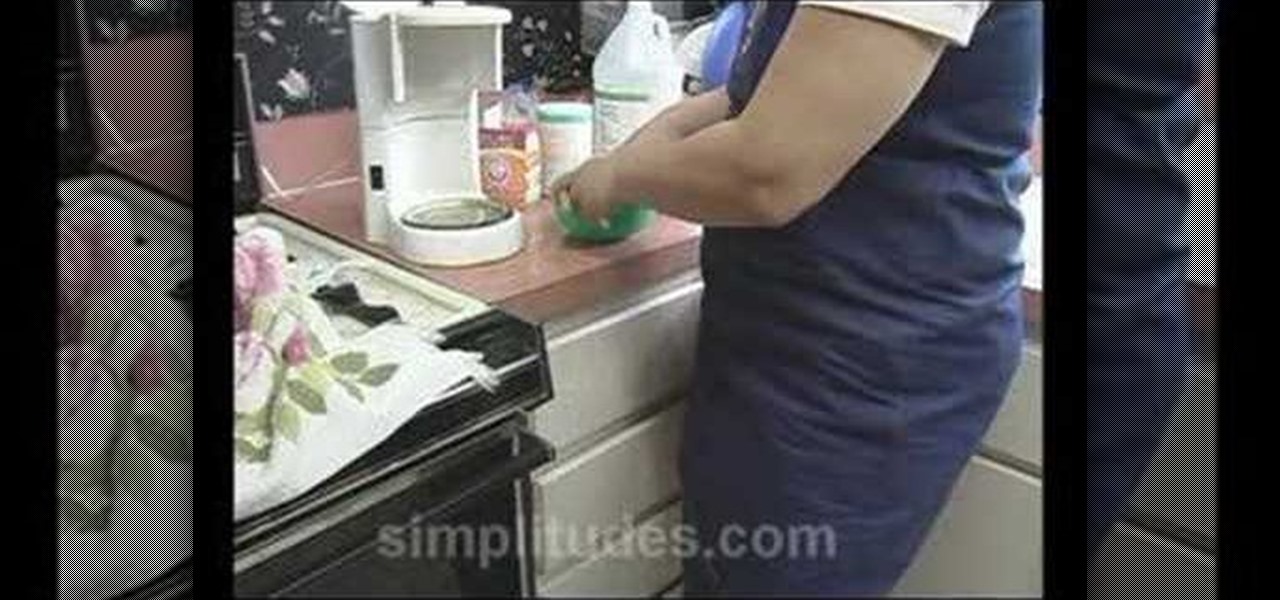
here is a great housekeeping trick that everyone will love. Clean your coffee maker using environmentally safe, inexpensive, common household ingredients. Watch this how to video and learn how to clean a coffee maker with vinegar, salt and baking soda.
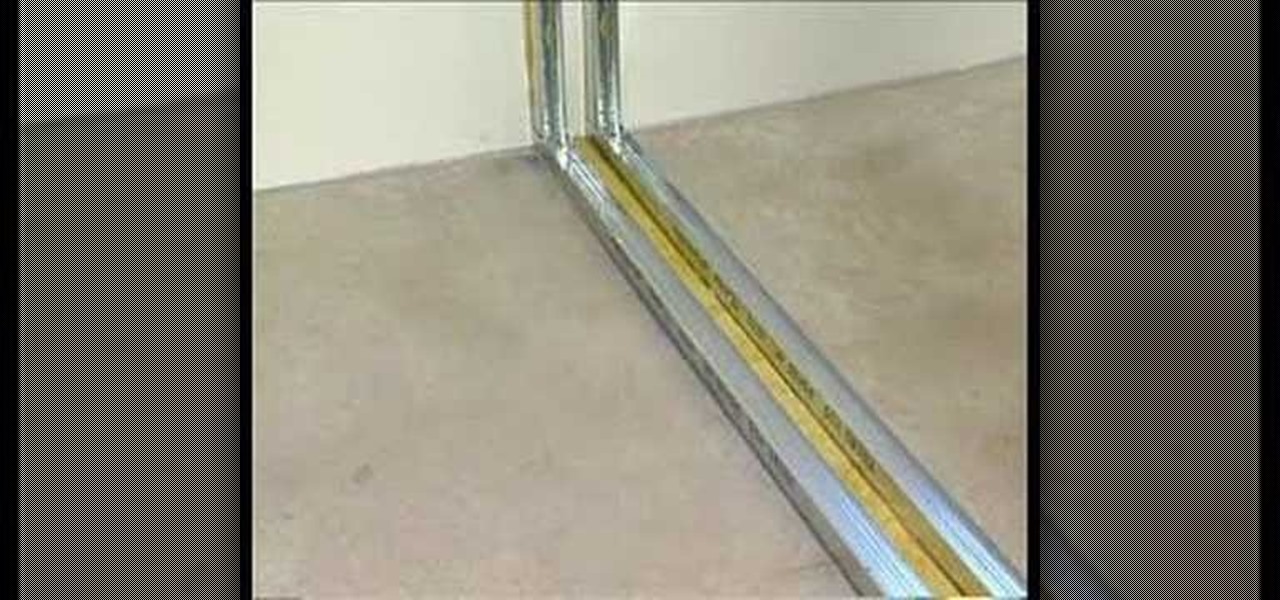
In this tutorial, we learn how to drywall partition with Fermacell. This is a great alternative to plasterboard and is environmentally friendly with no plastering required. First, measure out the floor and mark it using chalk. After this, make sure the walls are level, then measure them out. Mark out doorways and any other special requirements after this. Now, layer a resilient layer between the slats. Then, these are placed into the floors using drills and nails. The rest of the studs will b...
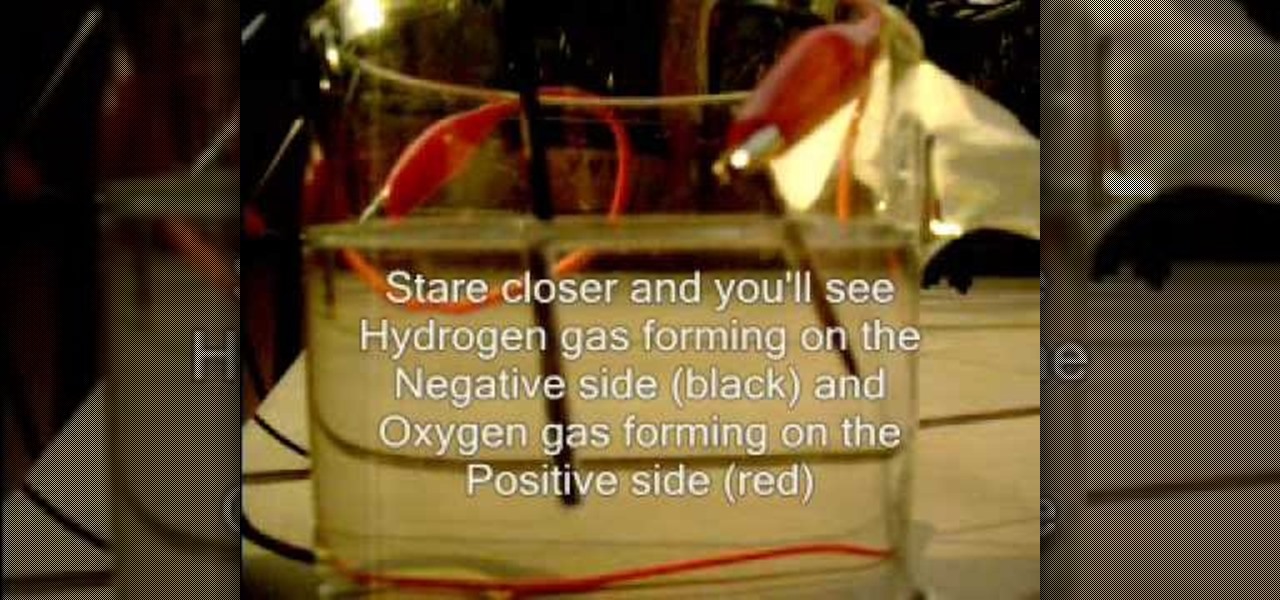
Want to learn how to harvest the sun? Just watch this science experiment video to see how to convert sunlight into hydrogen fuel. It's simple and environmentally friendly.

If you don't want to use toxic or environmentally unfriendly ant poisons and bug sprays to control your ant problem, you can make a greener bug repellent using household items and natural ingredients. Salt, chalk, lemon juice, cayenne pepper, white vinegar, oranges and petroleum jelly can all be used to keep ants out of your house, yard, garden or picnic.

Apple seems to want the public to perceive it as an environmentally-conscious entity, as evidenced by the company's recently published Environmental Responsibility Report. But as it turns out, they may be hindering recyclers from salvaging old iPhones and Macs by ordering the devices to be shredded instead.
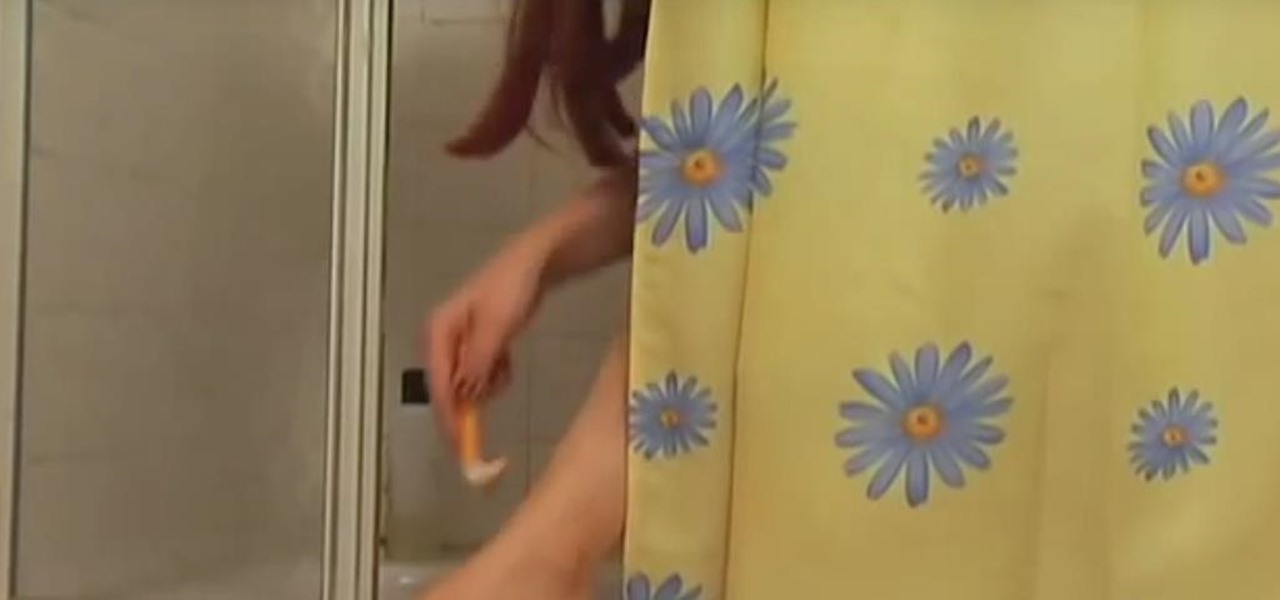
Bathing is one of the most enjoyable and least environmentally responsible part of many people's days. Fortunately, showers use less water than baths, so we're better off than we used to be. This video will show you how to green your shower even further, reducing your water usage as well as your water and heating bills, and increasing the longevity of our water supplies and planet.

This video is a demonstration of how to make environmentally-friendly homemade laundry detergent. This recipe uses soap flakes, soda crystals, and borax substitute. You may also add oxy-action bleach if you like. Put half the back of soda crystals (500g) into a container, or more if you have hard water. Add a 500g pack of borax substitute and 2 tablespoons of soap flakes. If you like, add 2 tablespoons of oxygen bleach. Put the lid on the container and shake it up. This laundry detergent must...
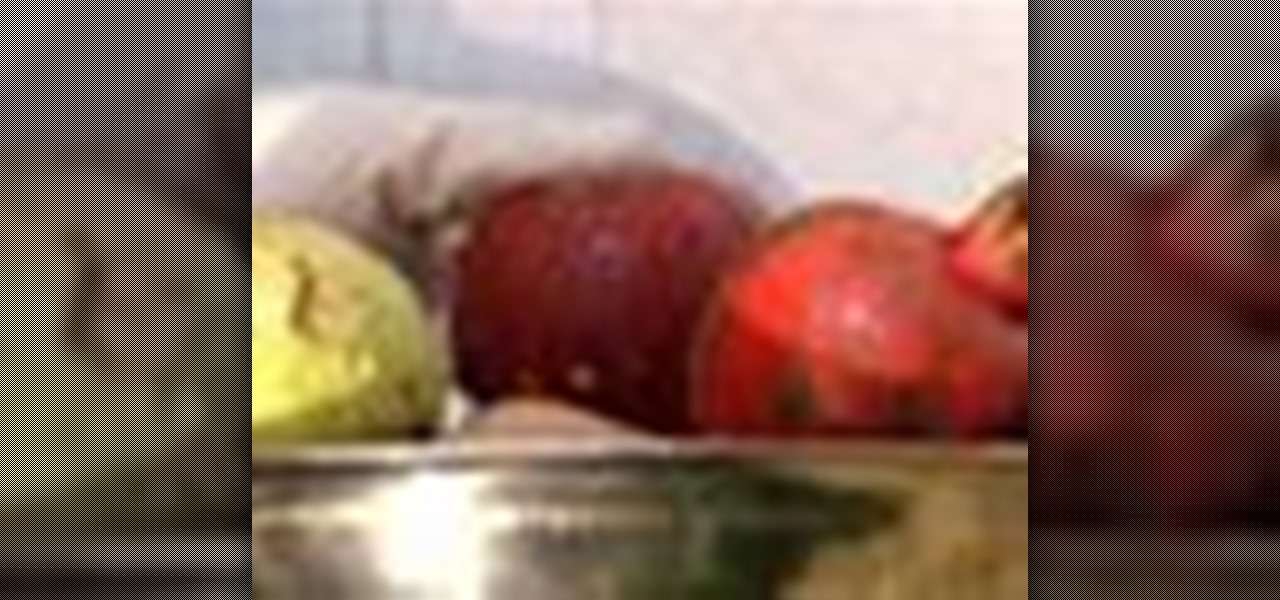
In this tutorial, learn how to wash your fruit and vegetables with a DIY mixture you can make in your kitchen. Wash your fruit and vegetables with this environmentally friendly and economical mixture.
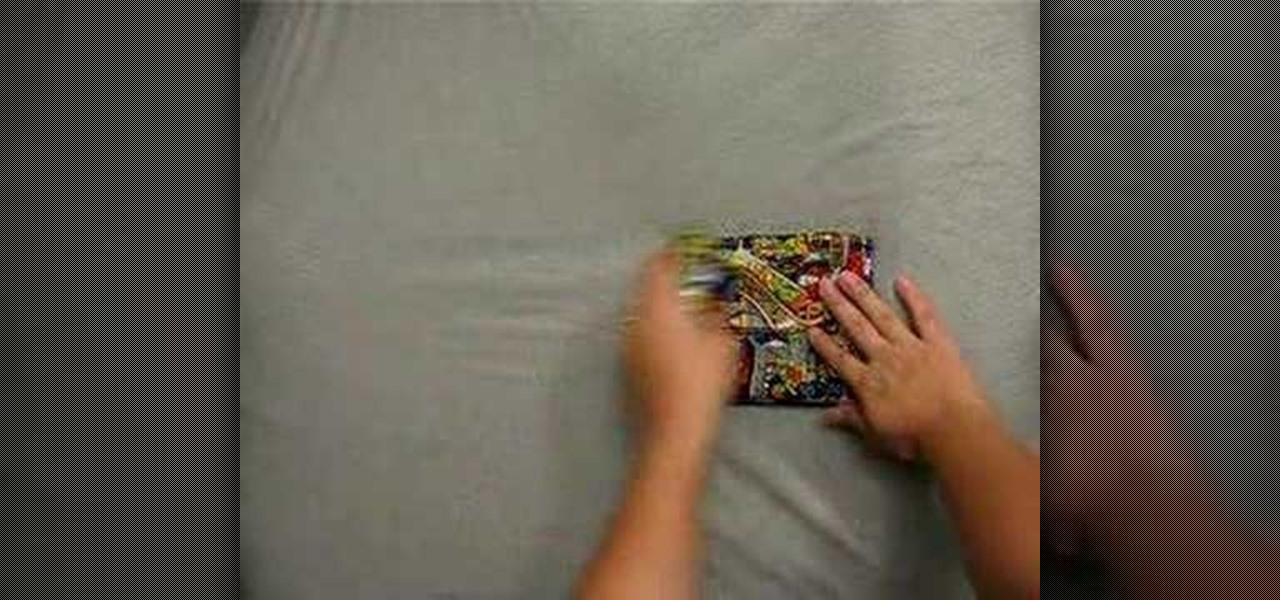
Shopping bags are an ecological nightmare, so many modern shoppers use eco-friendly reusable shopping bags. If you have a stash of eco-friendly bags and want to store them more easily, watch this video to learn a novel way to fold these bags that turns them into a tiny pouch, which you could even still use to hold things if you wanted.

The helpful folks over at Threadbanger take today to teach us how to make a tote bag. And not just any tote bag, but one made from recycled material. It's stylish, environmentally conscious, and...actually that's it. Just those two things.
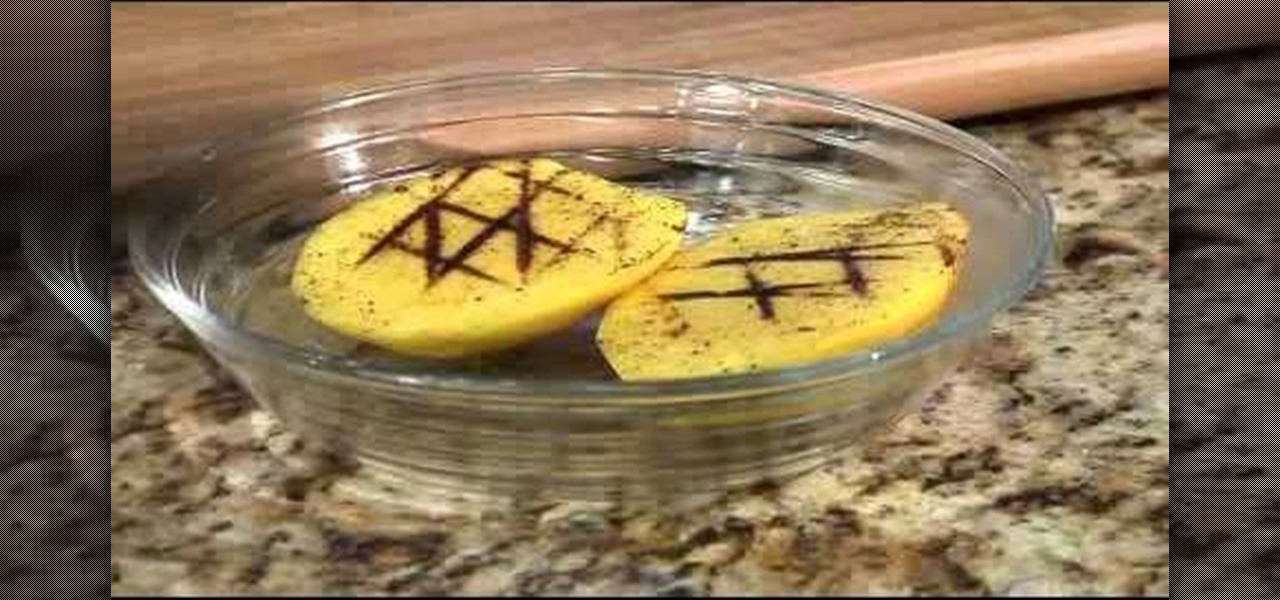
The firm and fatty flesh of Chilean sea bass makes it an ideal choice for the grill. A hot-sweet grilled mango and red pepper salsa provides delicious contrast to the rich fish. When shopping for seafood, make sure it bears the Marine Stewardship Council (MSC) label to ensure it was harvested in an environmentally sustainable manner.

November 29th marks the day of Nissan's triumph, not only as an automaker, but as an eco-friendly automaker. The new Nissan LEAF has won the 2011 European Car of the Year award, the first all-electric vehicle to be chosen for the award.

This video home and garden tutorial explores the financial advantages of making your home energy efficient. Learn how to make an eco-friendly home that will help save money and the environment.
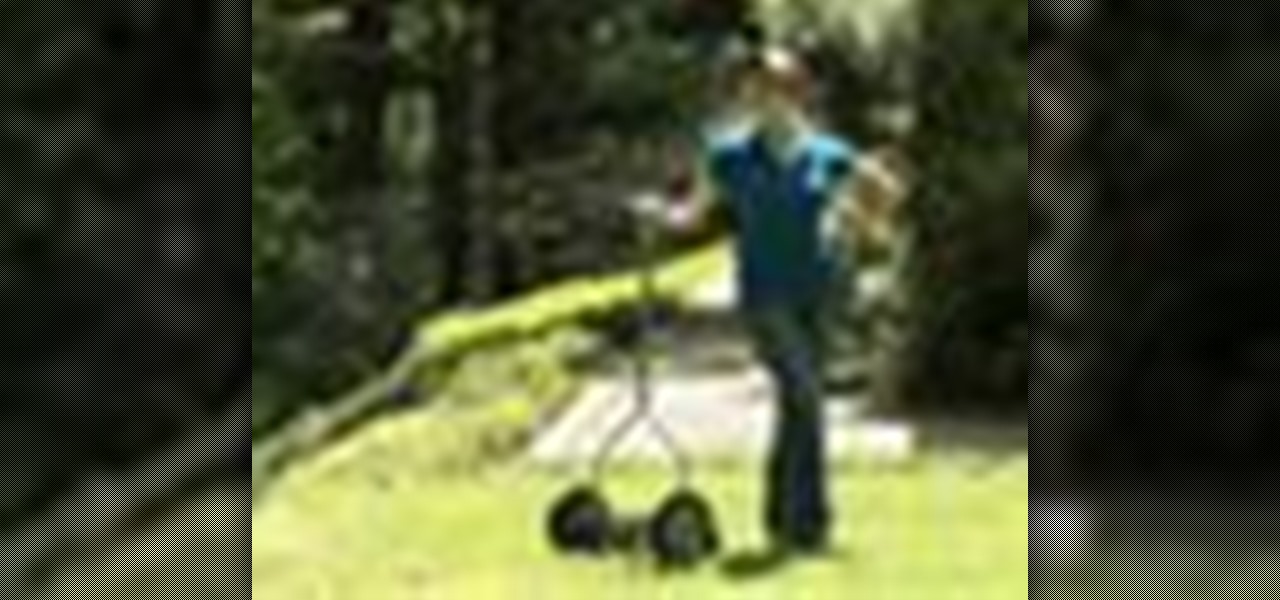
Who wants to inhale pesticides when you flip burgers in the backyard? When creating an eco-friendly garden, it is fairly easy to avoid.
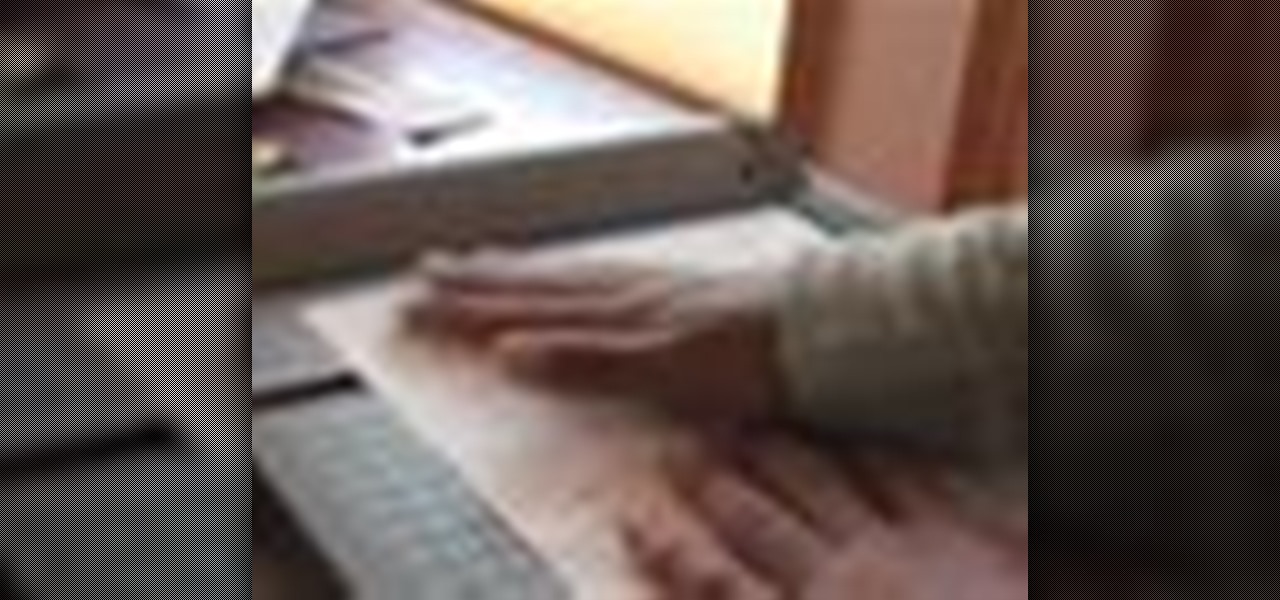
In this episode of GreenerBusiness, we show you how to make seed-embedded environmental-friendly business cards, as seen on www.rccosmos.org/greencard.

Need a little help choosing the right paper for the job? When it comes to making a good impression, choosing the right paper can make all the difference. Use guidelines will help you pick the best type for your project.

Light up your home decorations with all natural soy candles! Step by step instructions for making environmentally friendly, handmade soy candles and scented soy candles too!

Wearing vintage clothing is one of the best ways to reduce the environmental impact of your fashion choices—short of walking around naked.
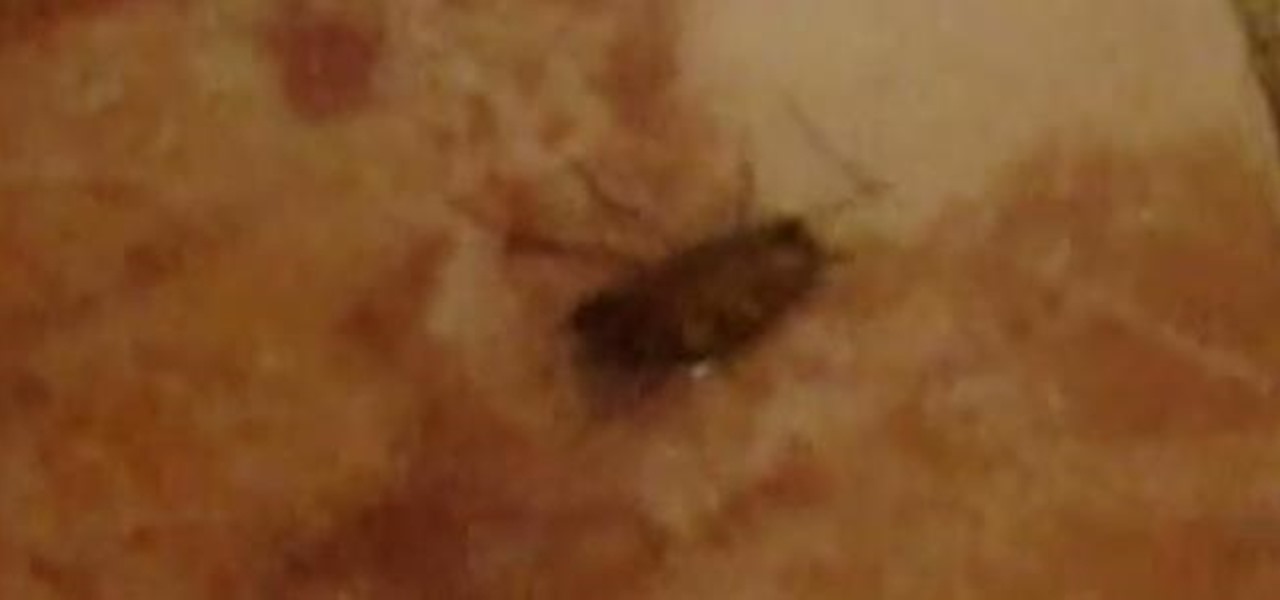
Science investigatory projects suck, or at least seem to at first. But you shouldn't let school drag you down. Instead, use your homework assignment as an opportunity to solve a problem you've always been interested in. And it doesn't hurt if the end result is eco-friendly, either.

Not everyone in Hollywood owes their nice complexion to a dermatologist. Here are some homespun beauty secrets you can steal.